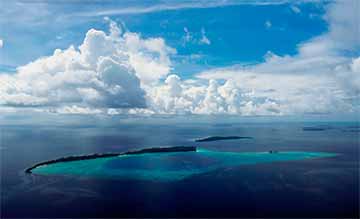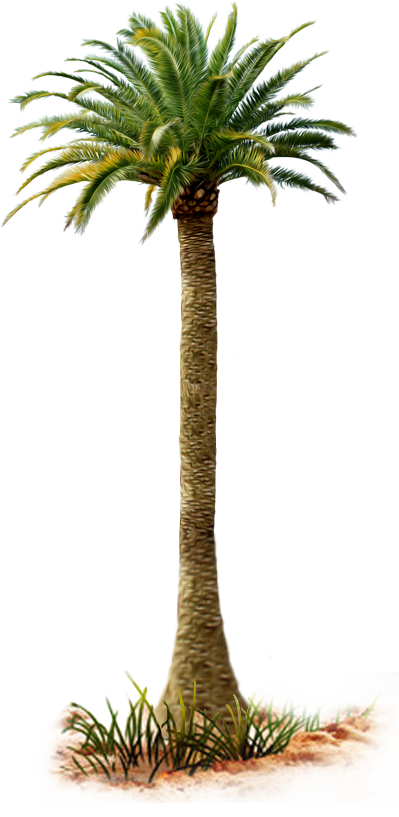The potential of plants, herbs and tree bark in the Solomon Islands with medicinal properties and uses
I wrote recently about a trial that began last week in the United States in the hope of soon finding a vaccine to stop the coronavirus.
The letter prompted a correspondent in the Solomon Islands to say there were plants and tree bark at home that had been used as traditional or folk medicine for centuries and had been used to cure people of some serious illnesses, including those suffering from liver complications.
The same correspondent suggested there should be some research conducted to see what plants with medicinal properties could be cultivated and harvested to aid those seeking to have homeopathic products help their recovery from illnesses rather than having to take prescribed western manufactured drugs, often having nasty side effects.
Being a believer in homeopathic medicine myself, I sought to find out whether there had been any research done in the Solomon Islands that I might highlight in support of what my correspondent believed was necessary.
I did discover that a young botany Ph.D student from the University of Hawaii’s, named Matthew Bond, visited the Solomon Islands about 4 years ago and carried out some research how local people used plants for medicine.
It is known that Mr. Bond carryout his field studies by speaking with village people to test their knowledge how they viewed the environment and how they choose what plants, herbs or tree bark, for their medicine.
I haven’t found a paper showing the results and outcome of Mr. Bond’s visit.
Some years earlier in 2006, a Japanese researcher, Takuro Furusawa, spent some considerable time with the people of Roviana where he studied how the village people used traditional plants for many illnesses in prefererance to western medicine which was often not available.
Mr. Furusawana’s research findings make very interesting reading and can be downloaded in one enters the title of his paper, ‘The Roles of Western Biomedicine and Folk Medicine in Rural Solomon Islands: A Quantitativeana Analysis’ in one’s browser.
The World Health Organization estimates that for every five people in the Developing World, four use medicinal plants in their raw form. People who use pills as medicine also rely on plants, since about one quarter of commercial medicines are made with chemicals extracted from plants.
Perhaps, readers might like to comment and offer any advice or suggestions on how traditional medicines in the Solomon Islands might be explored and used to economic advantage given what the WHO has said about the make-up of present day commercial medicines.
Yours sincerely
Frank Short


